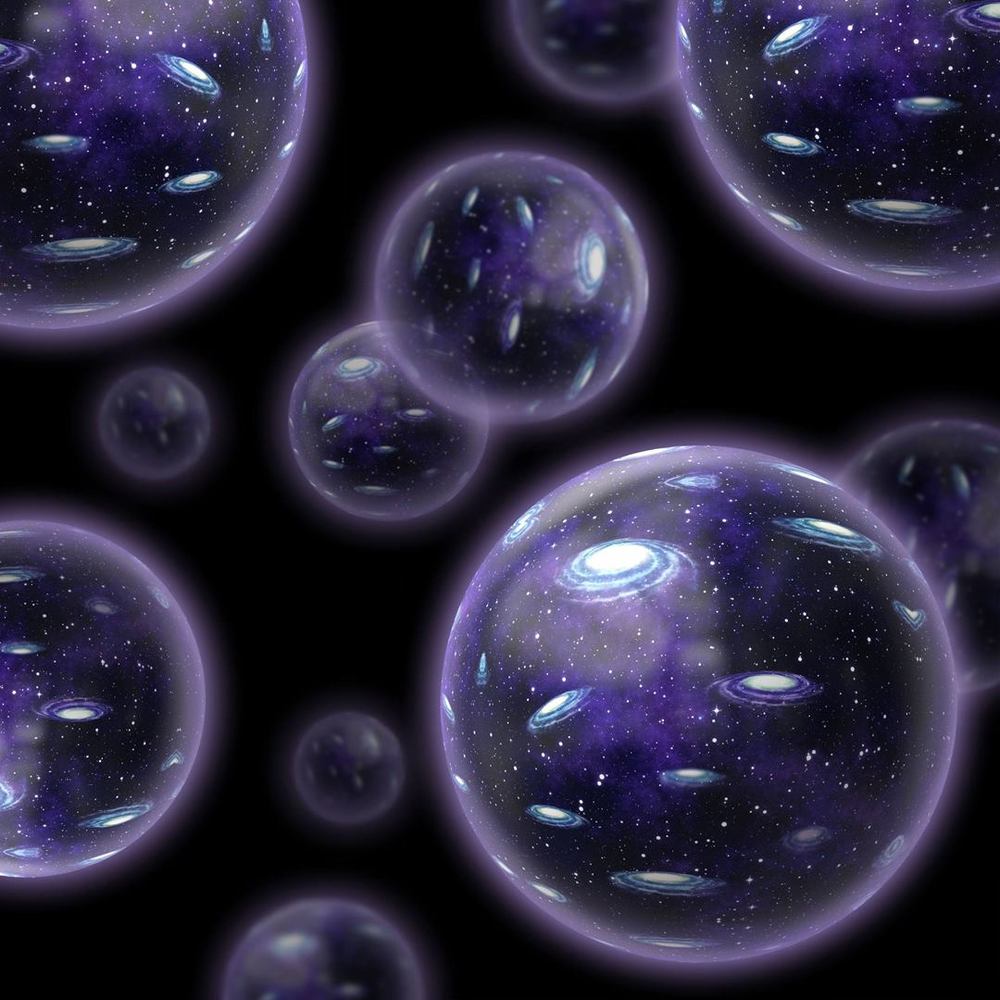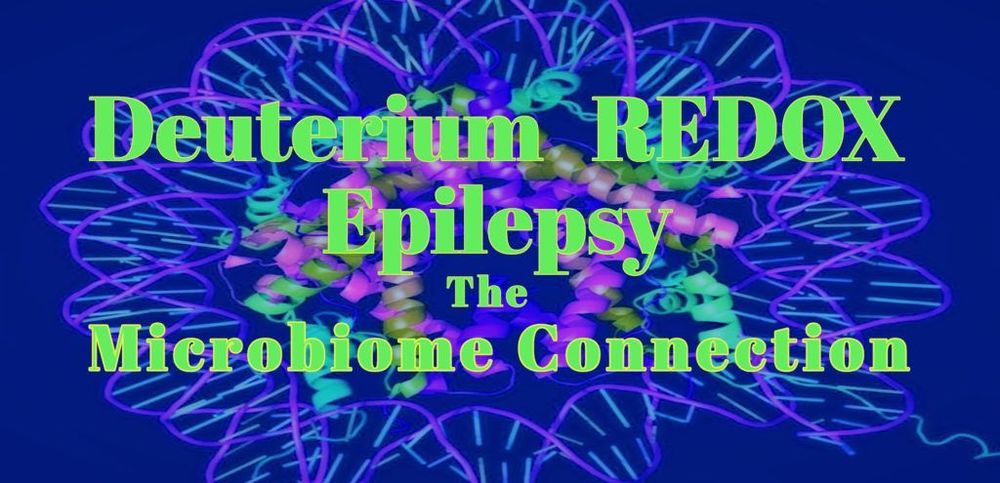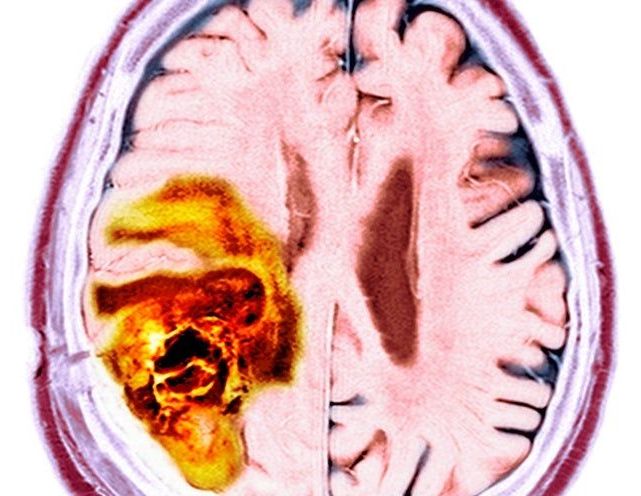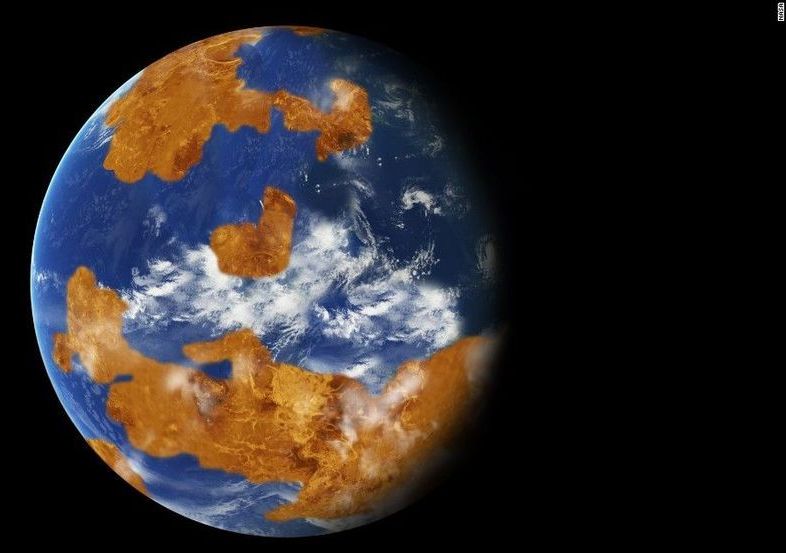Who doesn’t want to live forever?
Every society has its own set of myths about finding eternal life: the Fountain of Youth for the Spaniards and Shangri La for the Chinese, for example. For the transhumanists, this myth may become a reality.
Dr. Jennifer Huberman is a cultural anthropology professor at UMKC whose recent research has focused on this emerging high-tech society. Initially, Huberman did not set out to study the transhumanists.









